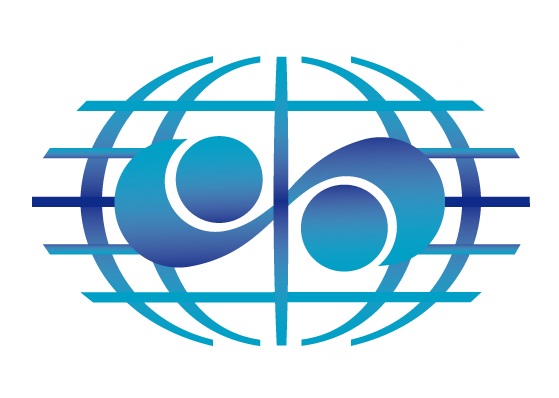Monitoring stations
In situ monitoring is the main way to really understand hydrodynamic processes and the only one to collect data directly from aquatic systems. In spite of well-known drawbacks (operation and maintenance costs, especially for remote areas, requirement of expertise and experience, poor geographical representativeness) it offers the possibility of collecting high-quality, homogeneous, standardized measurements that will be required on a very long-term basis. Furthermore, with emerging remote-sensing technologies and citizen observations, high-quality in situ data will remain essential for ground trothing, calibration and validation of measurements using other methods.
Given that many manuals and guides already exist on organizing water-related monitoring programs, this article simply underlines some basic principles.
Firstly, designing a monitoring programme involves deciding what to monitor, where and when. The answers to these questions depend first and foremost on the purpose of the monitoring. The first step before designing the number and location of the monitoring points constituting a network is therefore to clearly identify the purpose, or purposes, for which the monitoring information is needed.
Monitoring stations are generally grouped into monitoring networks, so that a monitoring network can be defined as a set of strategically located measurement devices that collect data of interest about a water system at a given temporal scale.
About meteorological networks
Meteorological data needs to be collected over many years, even decades, in order to produce reliable statistics. Building a functional and exhaustive meteorological database for accurate models requires high-quality observations of a variety of relevant measurements. Modelling can then be used to understand past, present, and potential future climate conditions. Multi-sensor hydrometeorological monitoring networks, composed of a gauge, radar, and satellite sensors, collect rainfall, temperature, and other data that are used by forecasting models to produce flash flood guidance and threat information.
Hydrological monitoring networks
Today, more than ever before, the range of hydrological networks’ objectives and the uses of collected data has extended. Along with conventional uses of hydrological information, such as water resources assessment, project design, water resources planning, hydrological forecasting and water quality control, new applications of hydrological data are gaining ground, such as environmental monitoring, flow accounting and monitoring of water quality in transboundary water bodies, development of local hydrological forecasting and flood warning systems, monitoring of water allocation processes and provision of data for management of water utilization systems.
A hydrological network is composed of a group of stations (gauges) that are designed and operated to make observations under special observation programmes and address a single objective or a set of interrelated objectives. Ideally, the whole hydrological cycle should be measured, combining standard surface runoff parameters with groundwater, soil moisture evapotranspiration, precipitation, snow and glacier, as well as water quality parameters.
Water quality monitoring networks
The objective of water quality monitoring is to obtain qualitative information on the physical, chemical, and biological characteristics of water via statistical sampling. The type of information sought depends on the objectives of the monitoring programme. Objectives and purposes range from detection of drinking water standard violations to determination of the environmental state and analysis of temporal water quality trends. The purpose of water quality monitoring is generally laid down by laws or other regulatory actions (directives, water quality standards, action plans) and aims at assessing the environmental state and detecting trends.
In principle, there could be as many types of monitoring programme as there are objectives, water bodies, pollutants and water uses, as well as any combination thereof. In practice, assessments are limited to nine different types of operations: trend monitoring; basic surveys; operational surveillance; background monitoring; preliminary surveys; emergency surveys; impact surveys; modelling surveys; and early warning surveillance.
Groundwater monitoring
Groundwater level measurement has proven to be indispensable to monitor anthropogenic-induced and/or natural changes in order to:
- Detect early signs of over-exploitation and/or other consequences of human impacts on groundwater levels (e.g. impact of hydraulic engineering, abandoned mines);
- Provide the necessary information allowing for ‘tailor-made’ use and need-oriented groundwater quantity management; and, provide information for the interpretation of groundwater quality data.
Water level is generally measured at the level of piezometers or using existing wells, boreholes or spring yield measurements.
As regards groundwater, monitoring normally includes testing for long-term changes of water quality in major aquifers so as to provide a basis for statistical identification of the possible causes of observed conditions and to provide the statistical basis for the identification of trends.


